Some background- Tank is 8 months old.
Alk 7.8-8.0 -Hanna
Cal 450 - Red Sea
Mag 1400 - Red Sea
Ph 8.2 - Apex
po3 8-10 - Nyos
po4 .04-.07 - Hanna
Carbon dosing - Red Sea NoPox
BRS HC GFO - Possible Issue? Adding in the metals?
Heavy Fish Bio-load
Using 4 Brightwell blocks in sump - Possible Issue? -Leaching
Skimmer, Filter socks
ATI T5 - average par is 220
Flow is good - 2 3k gyres and 2 pulses
Dry Rock, Live sand
BRS & stage RODI - All filters and media less than 4 months old TDS read zero on way in and out. - Did a ATI test few months back and the RODI water came back perfect.
Long story short SPS will come in colorful, good PE then fade and lose all PE with 2-3 weeks. They all turn this pale red/purple and have a dried look. See pictures below.
LPS do great along with NPS. I sent out a Triton test and here are the results:
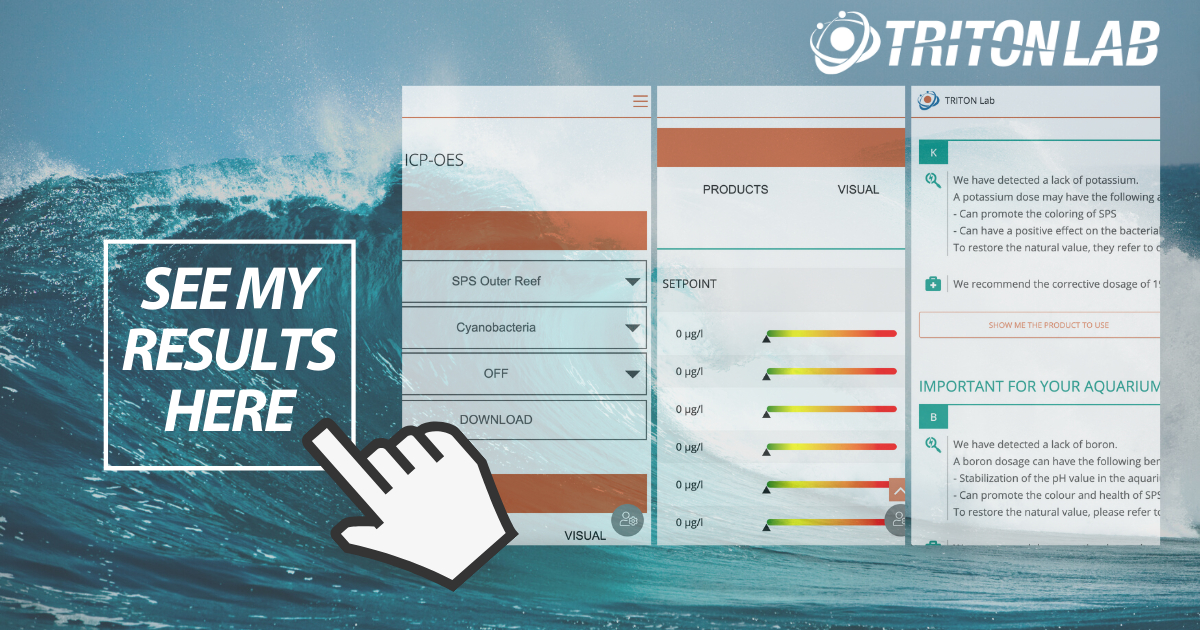
 www.triton-lab.de
www.triton-lab.de
All suggestions are welcomed!
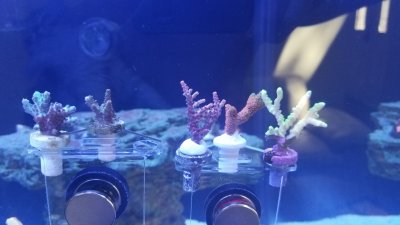
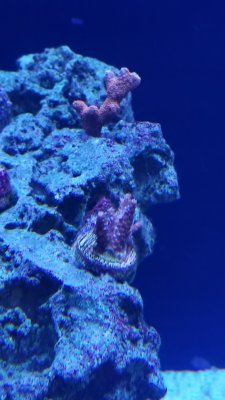
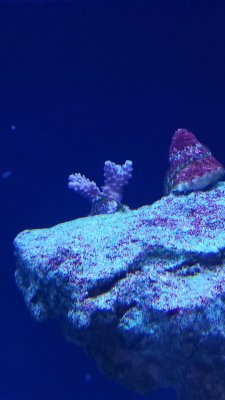
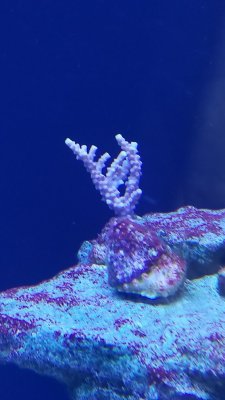
Alk 7.8-8.0 -Hanna
Cal 450 - Red Sea
Mag 1400 - Red Sea
Ph 8.2 - Apex
po3 8-10 - Nyos
po4 .04-.07 - Hanna
Carbon dosing - Red Sea NoPox
BRS HC GFO - Possible Issue? Adding in the metals?
Heavy Fish Bio-load
Using 4 Brightwell blocks in sump - Possible Issue? -Leaching
Skimmer, Filter socks
ATI T5 - average par is 220
Flow is good - 2 3k gyres and 2 pulses
Dry Rock, Live sand
BRS & stage RODI - All filters and media less than 4 months old TDS read zero on way in and out. - Did a ATI test few months back and the RODI water came back perfect.
Long story short SPS will come in colorful, good PE then fade and lose all PE with 2-3 weeks. They all turn this pale red/purple and have a dried look. See pictures below.
LPS do great along with NPS. I sent out a Triton test and here are the results:

Triton Applied Reef Bioscience are the world leaders in professional sea water analysis.
Empowering aquarists around the world since 2008. Click to view shared sea water analysis.
All suggestions are welcomed!























